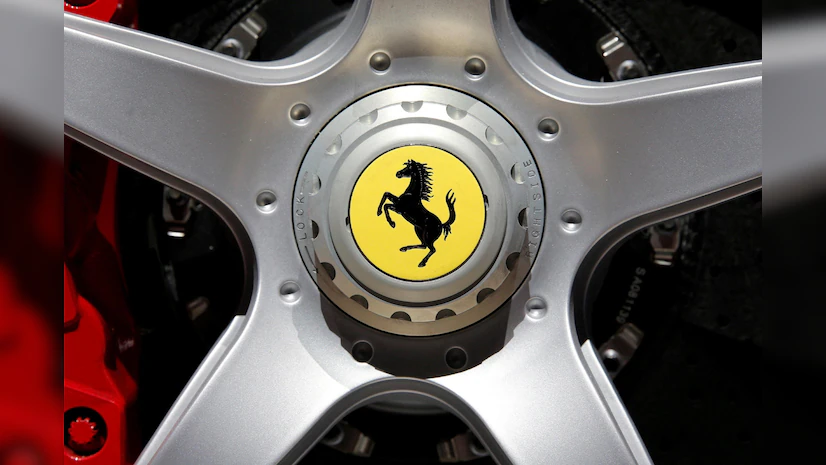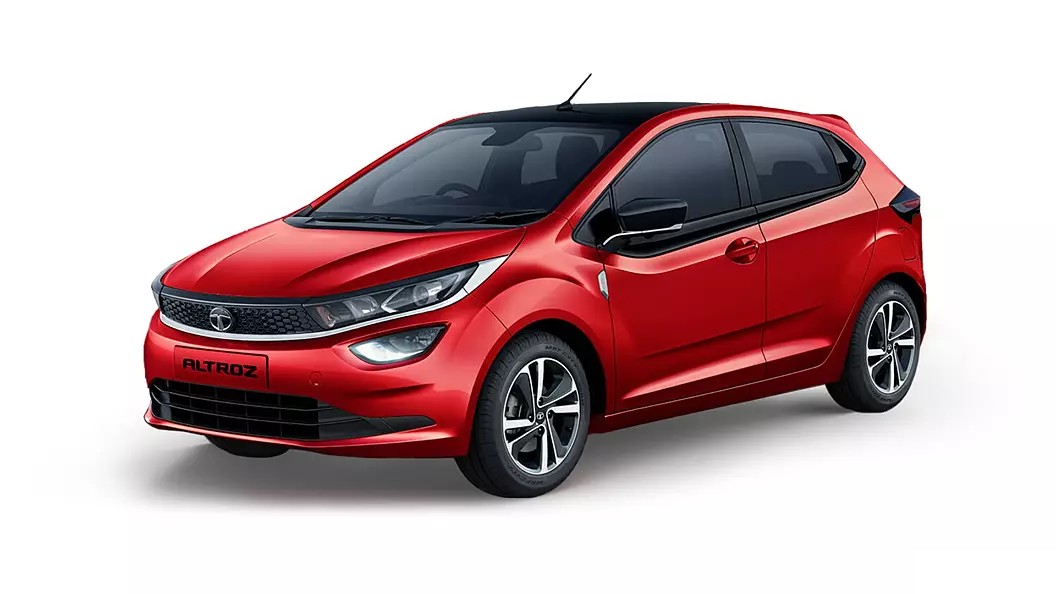EV revolution slows down, automobile major Ferrari enters the race
2024-07-08 12:57:33

Gliding on robotic haulers, a line of Ferrari frames maneuvers through a gleaming new factory in Northern Italy. At each station, engineers in cherry red uniforms add a component — an engine block, a dashboard, a steering wheel — as they transform the bodies into hybrid vehicles. Up next: fully electric.
A lot is riding on Ferrari’s 200-million-euro “e-building,” which went into operation last month and is nearly twice the size of Rome’s Colosseum. The factory is intended to bring the 77-year-old sports-car maker, known for the sonorous vroom of its gas engines, into the age of electrification.
But the effort comes at a precarious time for the auto industry. The transition to electric vehicles, which was supposed to quickly usher in an era of climate-friendly transport, has instead been squeezed by costly investments and slowing global demand.
Other luxury carmakers have struggled to go electric. Mercedes-Benz and Lamborghini have reduced their ambitions. Tesla reported declining second-quarter sales on Tuesday, and Ford Motor said in April that it would shift production to more hybrids as E.V. losses piled up. A growing trade war between China and the West also threatens to stifle growth.
Despite the challenges, Ferrari sees an opportunity in the industry’s inevitable march toward electrification to reach a new consumer: the wealthy environmentalist. It intends to unveil its first fully electric model in the fourth quarter of next year. As part of its strategy, the carmaker has enlisted LoveFrom — the agency founded by Jony Ive, Apple’s former design chief, and the industrial designer Marc Newson — to hone the car’s appearance.
There is plenty of mystery shrouding the yet-to-be-named car, including its battery life and what it will sound like. The company has not disclosed its look, production run or price tag. But it could be one of the most expensive electric vehicles on the market, analyst say, surpassing Porsche’s $286,000 Taycan Turbo GT.
Ferrari’s foray into electric will be notable for other reasons. Regulators may be pushing electric vehicles, but there is lingering skepticism in the marketplace. Winning over fans of combustion engines will not be easy — even for Ferrari. And the industry is desperate for an automaker, any automaker, to prove that electric vehicles can drive big profits.
“It’s worth watching whether a Ferrari E.V. can maintain the kind of price premium you’d associate with a Ferrari,” said Martino de Ambroggi, an automotive analyst at Equita, an investment bank in Milan. “Often, a Ferrari purchase is also viewed as a kind of investment. Only after a few years will we see if that investment in an electric Ferrari holds up.”
Ferrari does not need an electric vehicle to pad its bottom line. Under Mr. Vigna, a former executive at the chip maker STMicroelectronics who took the helm nearly three years ago, the company has been on a tear. The stock is one of the best performers in Europe this year, giving it a roughly $75 billion market valuation, higher than that of Ford or General Motors. Profits are soaring alongside prices at Ferrari, which makes some of the most expensive cars on the planet. There’s a three-year waiting list for some models.
Ferrari’s success over the years on the Formula 1 track has also led to a lucrative corporate sponsorship and merchandise business that has transformed it into a luxury brand with a sporty flair. Ferrari’s prancing horse logo can be found on high-end apparel like a €790 cashmere sweater.
















